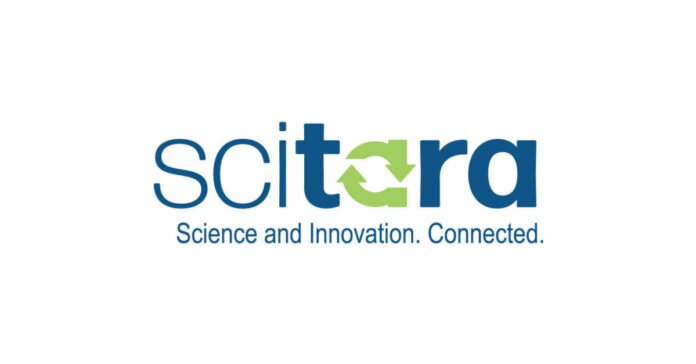MARLBOROUGH, Mass.– Scitara Corporation, an innovator in scientific laboratory digital transformation, announces new releases to its Scitara Digital Lab Exchange DLX™ cloud platform to bring next generation connectivity, self-enabled system configuration, and automation to the lab.
Building on the broad based connectivity already available in the Scitara DLX platform, the latest release adds the Scitara DLX Generic Webservice Connector, which can be deployed and configured by authorized users for rapid set-up to quickly connect to web service based resources. It also adds the Scitara DLX Connector for the Benchling platform, for instant integration with a leading life sciences R&D cloud and easy transfer of data between the Benchling platform and other lab systems.
There is also enhanced support for the DLX’s intuitive, configurable orchestrations, which put the power of systems integration into a customer’s hands through a user-friendly interface. Orchestrations provide an editable method for users to easily create and modify data exchange business rules connecting multiple instruments, applications and informatics platforms within the lab. With the release of V1.3, the platform is fully extendable to cover web service based connections, PC based instrument connections and IoT based devices with no PC attached.
Scitara’s rapid growth has been driven by the launch of its Scientific Integration Platform™ SIP™, a cloud native infrastructure that allows scientific laboratories to realize the full benefits of digital transformation. The Scitara SIP dramatically accelerates science by facilitating a modern, fully connected laboratory equipped for the 21st century with data integrity, data mobility, system flexibility and workflow reconfigurability by the user as standard.
Ajit Nagral, Founder and CEO of Scitara commented: “As industry leaders, we continue to innovate with new platform releases that benefit the entire scientific community.
“Scitara’s SIP represents an agile integration framework that adapts to changing market needs. For example, workflows can be reconfigured on the fly by scientists, who are already fully conversant in – and expect to work with – the latest technology to manage and share their cross-functional data. Our SIP presents a new solution to the lab connectivity challenge that has stifled progress for decades. For the first time, we have delivered a means to achieve true data mobility in a user-friendly platform, overcoming the barriers of legacy systems, removing the issue of lab systems tied to a single vendor, and breaking the cycle of insurmountable technical debt.”
Chief Technology Officer at Scitara, Geoff Gerhardt, PhD, added: “Bringing new drugs to market involves overcoming complex data management challenges in a highly regulated environment. Mobilizing scientific data from research through quality control (QC) and manufacturing is critical to accelerating the pace of bringing life-saving therapies to market. Digital technology has huge transformational potential, but regulatory barriers have delayed its adoption compared to other industries. Scitara’s mantra is ‘no instrument or application left behind.’ We haven’t encountered an instrument or application that couldn’t be quickly added to our digital backbone and we don’t think we ever will.”
The Scitara DLX 1.3 platform release adds new functionality to further break down the challenges of connecting and managing an array of unconnected, complex systems and instruments, removing the widespread reluctance to switch out instruments for a more modern solution, and freeing up an enterprise to fully leverage the value of its data. It delivers best-in-class integration capabilities, redefines the lab integration framework, and enables breakthrough automation and data exchange.
Ajit concludes: “We are fast becoming the industry standard integration platform for the enterprise laboratory digital ecosystem and we’re continuing to see rapid adoption from the pharma, biopharma and life sciences industries. As we continue to grow our business, we will continue to evolve the platform to bring the lab of the future to reality.”






